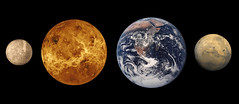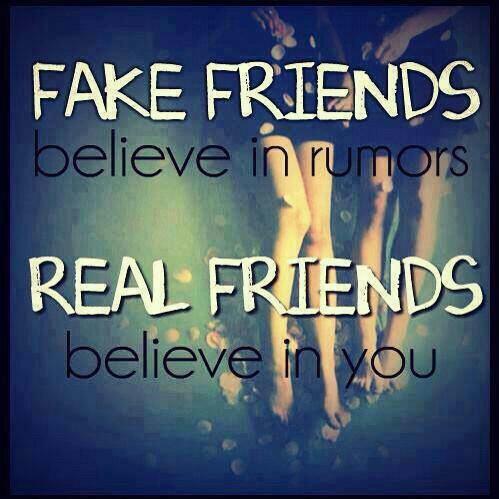
| Tic-Tac-Toe | ||
| + | + | + |
| + | + | + |
| + | + | + |
| New Game | ||


Fellow Nigerians and people of the world do not panic today on the lunar eclipse which will occur by 11am with a partial eclipse, by 3am the moon will turn red (full eclipse) indicating the four blood moons , by 4am the eclipse will begin to clear. please my people continue with your days activities as part of Nigeria will experience the eclipse.
'Supermoon' coincides with lunar eclipse
28 September 2015 Science & Environment
People around the world are watching the
skies to observe a rare celestial event, as
a lunar eclipse coincides with a so-called
"supermoon".
A supermoon occurs when the Moon is in the closest part of its
orbit to Earth, meaning it appears larger in the sky.
The eclipse - which made the Moon appear red - has been visible in
North America, South America, West Africa and Western Europe.
This phenomenon was last observed in 1982 and won't come again
until 2033.
But the definition of a supermoon is debated among astronomers.
Skywatchers in the western half of North America, the rest of
Europe and Africa, the Middle East and South Asia were expected
to see a partial eclipse.
From the UK, observers saw the Moon pass through the Earth's
shadow in the early hours of Monday morning. In North and South
America the eclipse was seen on Sunday evening.
Eclipse facts
The supermoon, where Earth's satellite is near its minimum
distance from our planet, means that the Moon will appear
7-8% larger in the sky.
The moon may look rust-coloured during a total lunar eclipse -
giving rise to its nickname Blood Moon. This is because the
Earth's atmosphere scatters blue light more strongly than red
light, and it is this red light that reaches the lunar surface
During the eclipse, the Moon lies in front of the stars of the
constellation Pisces
Eclipse contact points (see
map)
Time
(UTC)
P1 00:11:47
U1 01:07:11
U2 02:11:10
Greatest 02:47:07
U3 03:23:05
U4 04:27:03
P4 05:22:27
In a total lunar eclipse, the Earth, Sun and Moon are almost exactly
in line and the Moon is on the opposite side of the Earth from the
Sun.
As the full Moon moves into our planet's shadow, it dims dramatically
but usually remains visible, lit by sunlight that passes through the
Earth's atmosphere.
As this light travels through our planet's gaseous envelope, the green
to violet portions get filtered out more than the red portion, with
the result that light reaching the lunar surface is predominantly red in
colour.
Observers on Earth may see a Moon that is brick-coloured, rusty,
blood red or sometimes dark grey, depending on terrestrial
conditions.
Dr Robert Massey, deputy executive director of the UK's Royal
Astronomical Society, told BBC News that the eclipse is an
"incredibly beautiful event".
A supermoon occurs when a full or new moon coincides
with a Moon that is nearing its minimum distance (perigee) to Earth.
The Moon takes an elliptical orbit around Earth, which means that its
average distance changes from as far as 405,000km (its apogee) to
as close as 363,000km at the perigee.
The coincidence between a supermoon and an eclipse means that
Earth's lone companion is expected to look 7-8% bigger. But Dr
Massey added: "The definition of 'supermoon' is slightly problematic.
"Is a supermoon taking place at the perigee, the day before, the day
after? Does a supermoon have to be a particularly close perigee, or
can it be a bit further out? It's not very well defined."
He said a supermoon was to some extent a moveable feast compared
with an eclipse, where the timing can be measured precisely.
As a result, Dr Massey explained, claims of the extreme rarity of a
supermoon coinciding with an eclipse were overstated.
The supermoon should also not be confused with the Moon Illusion,
which causes the Moon to appear larger near the horizon than it
does higher up in the sky.
The eclipse began at 00:11 GMT, when the Moon entered the lightest
part of the Earth's shadow, known as the penumbra, and adopted a
yellowish colour. At 02:11 GMT the Moon completely entered the
umbra - the inner dark corpus of our planet's shadow.
The point of greatest eclipse occurred at 02:47 GMT, when the
Moon was closest to the centre of the umbra ,with the eclipse ending
at 05:22 GMT.
The Royal Astronomical Society says that unlike the solar equivalent, a
total lunar eclipse event is safe to watch and needs no special
equipment.
Have you been watching the supermoon
eclipse? Share your pictures with us by
emailing yourpics@bbc.co.uk
You can also get in touch with us and send your pictures to us in
the following ways:
Whatsapp: +44 7525 900971
Upload your pictures / video here
Tweet: @BBC_HaveYourSay
Send an SMS or MMS to 61124 or +44 7624 800 100
Please only send pictures you have taken
yourself. We will publish a selection of
your images later on Monday.
Share this story About sharing

ALL RIGHTS RESERVED. COPYRIGHT: Clarkwap Coporation 2019